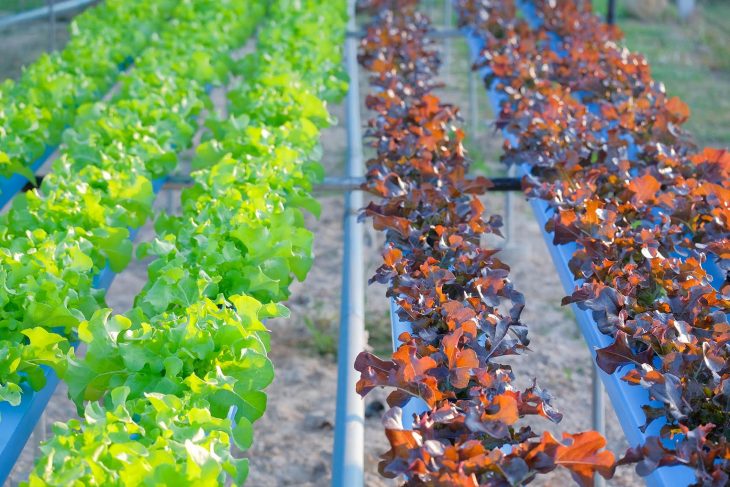Agriculture technology is no longer a niche that no one’s heard about. Agriculture has confirmed its place as an industry of interest for the venture capital community after investment in agtech broke records for the past three years in a row, reaching $4.6 billion in 2015.
For a long time, it wasn’t a target sector for venture capitalists or entrepreneurs. Only a handful of funds served the market, largely focused on biotech opportunities. And until recently, entrepreneurs were also too focused on what Steve Case calls the “Second Wave” of innovation, — web services, social media, and mobile technology — to look at agriculture, the least digitized industry in the world, according to McKinsey & Co.
Michael Macrie, chief information officer at agriculture cooperative Land O’ Lakes recently told Forbes that he counted only 20 agtech companies as recently as 2010.
But now, the opportunity to bring agriculture, a $7.8 trillion industry representing 10% of global GDP, into the modern age has caught the attention of a growing number of investors globally. In our 2015 annual report, we recorded 503 individual companies raising funding. This increasing interest in the sector coincides with a more general “Third Wave” in technological innovation, where all companies are internet-powered tech companies, and startups are challenging the biggest incumbent industries like hospitality, transport, and now agriculture.
There is huge potential, and need, to help the ag industry find efficiencies, conserve valuable resources, meet global demands for protein, and ensure consumers have access to clean, safe, healthy food. In all this, technological innovation is inevitable.
It’s a complex and diverse industry, however, with many subsectors for farmers, investors, and industry stakeholders to navigate. Entrepreneurs are innovating across agricultural disciplines, aiming to disrupt the beef, dairy, row crop, permanent crop, aquaculture, forestry, and fisheries sectors. Each discipline has a specific set of needs that will differ from the others.
Annual Agtech Financing 2010 – 2015



